Cuando supe que íbamos a visitar la mansión del mismísimo George
Washington en Mount Vernon, Virginia, me imaginaba que iba a visitar una casa
bien gringa, pretenciosa, gigantesca y con decoraciones bien kitsch, solo que
del siglo 18. En realidad, la casa es de solo dos pisos, sobria y hasta
modesta, considerando que perteneció al primer presidente de los Estados
Unidos. Pero es que hay que saber que el verdadero lujo es la propiedad en sí,
con un área de 200 hectáreas, además de tener acceso directo y vista – ¡qué
vista!! – sobre el río Potomac.
Pueden agregar la visita guiada de la casa a la lista de cosas que ha
arruinado el Covid. Teníamos un guía, pero por precaución, ni él ni los
visitantes tenían permitido hablar dentro de la casa. Antes de entrar, nos
explicó los principales detalles a los que teníamos que prestar atención, pero
como tengo memoria de pájaro, se me olvidó todo cinco minutos después. No fue
hasta que salimos que me acordé que Washington tenía la llave de la fortaleza
de la Bastille de París y no me di cuenta. Recuerdo que una muchacha le estaba
tomando foto a una cajita transparente encima de una puerta, pero en el momento
pensé en que era muy extraño tomarles fotos a las lámparas. Encima de eso, no
pudimos visitar el segundo piso, que es donde están los diez dormitorios, y
recorrimos todo tan rápido que no disfruté mucho. Aunque sí le quiero dar una
mención especial al museógrafo que decidió poner comidas de plástico en la
cocina y en el comedor para darle vida al lugar. Pero pienso en todos los otros
museos cerrados y supongo que peor es nada.
Lo bueno es que el resto de la visita se hace al exterior, en todo el
resto de la propiedad. Se pueden ver las dependencias de la casa como la
lavandería, las bodegas, los garajes y los establos. Al parecer, Washington se
veía a sí mismo como un agricultor, antes que nada, y se puede ver entonces una
reconstitución de los terrenos agrícolas de aquella época. También se pueden
visitar las tumbas de Washington y de otros miembros de su familia.
Me sorprendió mucho ver que a lo largo de toda la visita se hace mucho
hincapié en el hecho que Washington tuvo esclavos, en lugar de disimularlo o de
esconderlo. Nos explicaron que escribió en su testamento que los dejaba libres,
pero únicamente una vez que él y que su esposa fallecieran. Además, liberarlos
significó que varias familias fueron separadas, ya que no todos los esclavos
que trabajaban para él le pertenecían, por lo que algunos se tuvieron que
quedar allí trabajando para sus herederos. La visita te explica las tareas
difíciles que tenían que hacer los esclavos y te da un vistazo a sus
condiciones de vida, como en la reconstitución de la pequeña cabaña en la que
vivía una familia. En 1983, una asociación construyó un memorial en honor de
todos los esclavos que trabajaron y fueron enterrados allí, sin que exista
algún registro de cuántos y de quiénes fueron.
El museo sobre la vida de Washington me pareció muy bien hecho y
didáctico. Explica muy bien el contexto histórico, el humano detrás del símbolo
y hasta las investigaciones que se continúan haciendo sobre él en nuestro
tiempo, como tratar de averiguar las características físicas de Washington en
diferentes etapas de su vida. Creo que no fue hasta esa visita que caí en cuenta
de lo increíblemente joven que es este país y de cómo muchos de los valores que
defiende actualmente como el libre mercado, la libertad del individuo – siempre
y cuando este individuo la pueda pagar, obviamente – y la oposición a la
centralización y a un gobierno fuerte y protector, vienen de esa época.
Y ni el mismo Washington pudo evitar que lo bajaran del pedestal, como lo hacen con todas las celebridades. ¿Era realmente necesario que nos pusieran una sección del museo completamente dedicada a los problemas dentales del pobre hombre? Si no fuera por este museo, nunca me hubiera enterado que Washington tenía dientes fatales, a pesar de ser muy escrupuloso con su higiene. Sufría de dolores terribles y trató todo tipo de tratamientos y de comidas suaves, pero no pudo evitar perder los dientes hasta que le tocó usar dentadura postiza. En el museo se ven varias de ellas, hechas de dientes humanos, de res, de caballo y hasta de marfil de hipopótamo y no de madera, como dicen los rumores. Yo solo espero que el día que le dediquen un museo a Francisco Morazán no le hagan algo parecido, qué pena.
When I knew that we were going to visit the mansion of the one and only
George Washington in Mount Vernon, Virginia, I imagined it to be a very American
house, huge, pretentious and featuring really kitsch decorations, only from the
18th century. In reality, the house has only two stories, it is
sober and even modest, knowing that it belonged to the first president of the
United States. But it must be said that the real luxury is the estate in
itself, as it has a 200-ha surface, as well as a direct access and a view – and
what a view!! – to the Potomac River.
You can add the guided tour of the house to the list of things that
Covid has ruined. We had a tour guide, but because of security measures,
neither him nor the visitors were allowed to speak inside of the house. Before
we went in, he explained to us the main details that we should observe, but
with my bird’s memory, I forgot everything after five minutes. It was only
after we were outside that I remembered that Washington had the key to the
Bastille Fortress in Paris, and I missed it. I remembered that a girl was
taking a picture of a small transparent box placed above a door, but at the
moment I just thought it was strange to take a picture of a lamp. Apart from
that, we were not able to visit the second floor, where the ten bedrooms are,
and we saw everything so fast that I did not really enjoy it. But I want to
give a special mention to the exhibition designer who decided to place plastic
food items in the kitchen and in the dining room to enliven the place. Yet, I
think of all the other museums closed everywhere else and I guess this is
better than nothing.
The good thing is that the rest of the visit takes place outdoors, in
the rest of the estate. You can see the different dependencies of the house,
such as the laundry room, the food storage, the stables or the garages. It
seems that Washington viewed himself as a farmer above all else and you can see
a reconstruction of the agricultural lands of that time. You can also visit
Washington’s tomb, as well as that of other members of his family.
I was really surprised that throughout the visit it is underscored that
Washington had slaves, instead of downplaying or hiding it. We were told that
he wrote in his will that his slaves should be free, although only once he and
his wife passed away. In addition, to set them free ended up dividing some
families, since not all the slaves who worked for him belonged to him, so many
of them had to stay to work for his heirs. The visit explains the difficult
tasks the slaves had to do and it also gives you a glimpse into their living
conditions, like in the reconstruction of a small cabin inside of which lived a
family. In 1983, an association built a memorial in honor of all the slaves who
worked and were buried there, with no official record of how many and who they
were.
I found the museum on Washington’s life to be very well structured and
didactic. It explains really well the historical context, the human behind the
symbol and even the research that is taking place nowadays on him, such as
trying to find out Washington’s physical characteristics in different stages of
his life. I believe that it was not until this visit that I realized just how
young this country is and how many of the values that it currently defends,
like the free market, the freedom of the individual – as long as that
individual can pay for it, of course – and the opposition to centralization and
a strong government, come from that time.
And even Washington himself could not avoid being taken down his
pedestal, as it is done with all celebrities. Was it really necessary to have
an entire section of the museum solely dedicated to the dental issues of the
poor man? If it wasn’t for this museum, I would have never known that
Washington had really bad teeth, even though he was meticulous with his
hygiene. He suffered terrible toothaches and tried all sorts of treatments and
soft foods, but he ended up losing his teeth and using dentures. In the museum
you can see many of them, made with human, cow, horse and even ivory teeth, the
latter from hippopotamus, and not made of wood as the rumors say. I just hope
that the day that a museum is dedicated to Francisco Morazán, it does not
feature something like this, how embarrassing.
La primera visita de nuestro viaje a Virginia y a sus alrededores fue al parque nacional Great Falls. Fuimos el domingo a mediodía, antes del feriado en honor a Martin Luther King Jr., por lo que, a diferencia de lo que muestran las fotos, había mucha gente. Muchísima gente. Exagerada cantidad de gente, en especial si se toma en cuenta que estamos en plena pandemia y que lo que queríamos era estar aislados y poder conectarnos con la naturaleza. Por suerte, el río Potomac, el mismo que atraviesa Washington D.C., es suficientemente impresionante para hacerte olvidar las familias, los niños, los perros, los adolescentes, los ricos montando a caballo y la gente sin mascarillas. Mientras caminábamos no dejé de pensar en Eustace Conway, ya que estaba leyendo su biografía escrita por Elizabeth Gilbert llamada “The Last American Man”.
Desde muy pequeño, el sueño de Conway era vivir en la naturaleza, a pesar de haber nacido en una familia americana urbana de clase media. Leyendo, visitando regularmente el museo de historia natural de su ciudad y constantemente experimentando aprendió todo lo necesario para ser autosuficiente en el bosque. Por muchos años se vestía con ropa que él mismo confeccionba a base de pieles de animales, construyó su propio tipi nativo americano – respetando escrupulosamente la tradición – y vivía en él, incluso durante sus años como estudiante universitario.
Creo que sería justo de calificar a Conway como un genio, en todo el
sentido de la palabra, que logra constantemente superar sus límites físicos y
mentales guiado por una autodisciplina casi militar y por un perfeccionismo enfermizo,
producto en gran parte de una infancia difícil y de su relación tormentosa con
su padre. Sin embargo, esa combinación le ha permitido desde muy joven realizar
hazañas dignas de récords, como recorrer los 3,500 km del Sendero de los
Apalaches en apenas cuatro meses y medio, o recorrer los Estados Unidos de este
a oeste en caballo en apenas dos meses.
Conway se opone totalmente a la sociedad moderna, a su forma de vida y
de trabajo, a su consumismo incesante y a su falta de sentido. Desde siempre,
su objetivo es mostrar el ejemplo para incitar a los estadounidenses a dejar
todo y regresar a la vida elemental en armonía con los seres vivos y las
estaciones, recuperando sus capacidades físicas y produciendo y elaborando uno
mismo lo necesario para vivir. Por eso se ha dedicado a recorrer el país dando
su testimonio en escuelas, festivales y en todo tipo de eventos donde es siempre
aclamado por su increíble carisma y su filosofía radical. Su obra maestra es Turtle
Island, una reserva que compró en Carolina del Norte cuando se dio cuenta que era
cada vez más difícil vivir en el bosque a causa de la urbanización. En Turtle
Island, Conway ha construido su propia comunidad y recibe aprendices que
quieren aprender a vivir como él y que lo ayudan a cultivar verduras, criar
animales y construir estructuras.
“The Last American Man” es el segundo libro que leo sobre personas de
nuestra época que quieren conectarse de nuevo con la naturaleza como una
alternativa a la alienación que nos ofrece la sociedad moderna, basada en el
trabajo, la familia y el gobierno. Lo que quiero investigar es si acaso es
posible una forma diferente de vivir y en qué condiciones. El primer libro que
leí fue “Into the Wild” de Jon Krakauer, sobre Christopher McCandless, un joven
que después de graduarse de la universidad dejó su vida acomodada de burgués
americano buscando lo fundamental de la existencia a través de sus viajes a lo
largo de los Estados Unidos, hasta que murió solo en Alaska en 1992.
Hasta ahora, las perspectivas no son muy optimistas. O se es solitario, ingenuo
e impulsivo como McCandless y se muere en el intento, o se tiene un proyecto
muy definido de crear una nueva sociedad, pero se termina en una alienación
comparable a la que se pretendía escapar desde un inicio. Eustace Conway puede
vivir en su reserva únicamente por que la compró, lo que significa que no es
posible liberarse del sistema capitalista ni siquiera para vivir en la naturaleza.
De hecho, al terminar el libro me enteré que desde el 2012 Conway es parte del reality
show “Mountain Men” del History Channel. Me cuesta encontrar algo más alejado
de la vida auténtica que él predica que participar en un reality show. Y no veo
cuál es el interés de vivir en su comunidad si él también aniquila al individuo
con su disciplina de vida extrema y su trabajo incesante.
¿Qué podemos hacer entonces? Por los momentos, no lo sé. Seguir leyendo,
me imagino, y seguir entrando en contacto con la naturaleza, aunque sea esa
naturaleza domesticada de los senderos y de los parques, donde ni siquiera se
pueden ver animales porque saben que los humanos están allí.
Our first visit on our trip to Virginia and its surrounding states was to the Great Falls National Park. We went on a Sunday afternoon, just before Martin Luther King Jr. Day so, despite what the pictures show, there was a lot of people. Tons of people. An exaggerated amount of people, especially if you consider that we are in the midst of a pandemic and what we wanted was to be isolated and to reconnect with nature. Luckily, the Potomac, the same river that reaches Washington D.C., is impressive enough to make you forget the families, the children, the dogs, the teenagers, the rich people riding horses and the people who did not wear masks. While we were hiking, I could not stop thinking about Eustace Conway, since I was reading his biography written by Elizabeth Gilbert entitled “The Last American Man”.
Since he was a child, Conway’s dream was to live in nature, even though he was born in a middle class urban American family. By reading, regularly visiting his hometown’s museum of natural history and constantly experimenting, he learned all that is necessary to be self-sufficient in the woods. For many years, he wore clothes he made by himself with animal skins, he built his own Native American teepee – which thoroughly respected tradition – and he lived in it, even during his time as a college student.
I think it would be fair to describe Conway as a genius, in all the
sense of the term, who constantly surpasses his physical and mental limits, guided
by an almost military self-discipline and by neurotic perfectionism, the product
in part of a difficult childhood and of his troubled relationship with his
father. However, this combination has allowed him to accomplish record-worthy
feats since he was young, such as hiking the entire 3,500 km of the Appalachian
Trail in just four months and a half, or horse riding from east to west of the
entire United States in barely two months.
Conway is totally opposed to modern society, to its form of life and
work, to its incessant consumerism and its lack of meaning. Since always, his
objective is to lead by example and encourage Americans to leave everything and to
come back to a more elemental way of life in harmony with all living beings and
seasons, to recover their physical abilities and to produce themselves all that
is necessary to live. That is why he has devoted his life to travel around the
country giving his testimony is schools, festivals and all sorts of events, in
which he is always acclaimed for his incredible charisma and radical
philosophy. His masterpiece is Turtle Island, a reserve he bought in North
Carolina once he realized that it was increasingly harder to live in the woods
because of urbanization. In Turtle Island, Conway has built his own community
and hosts apprentices who want to learn to live like him and who help him in
farming vegetables, raising animals and building structures.
“The Last American Man” is the second book I read on people of our time
who aim at reconnecting with nature as an alternative to the alienation of
modern society based on work, family and government. What I want to find out is
whether there is a different way to live and on what terms. The first book I
read was “Into the Wild” by Jon Krakauer, on Christopher McCandless, who after
graduating from college left his comfortable bourgeois American life in search of
the fundamental existence through his travels across the United States, until
he died alone in Alaska in 1992.
Until now, the perspectives are not very optimistic. Either you are
solitary, ingenuous and impulsive, like McCandless, and you die while trying,
or you have a well-defined project of a new society, but you end up in an
alienation comparable to the one you were looking to escape to begin with.
Eustace Conway can live in his reserve only because he bought it, which means
that it is not possible to free oneself from the capitalist system not even to
live in nature. In fact, once I finished the book I learned that Conway is part
of the reality show “Mountain Men” in the History Channel, since 2012. I am
having trouble finding something farther away to the authentic life he preaches
than to participate in a reality show. And I do not see the interest in living
in his community if he also annihilates the individual with his extreme life
discipline and incessant work.
What can we do then? For the moment, I don’t know. Keep reading, I guess,
and keep reaching out to nature, even to this domesticated nature of trails and
parks, where you cannot even see animals because they know humans hang there.
La semana pasada Jacques y yo nos fuimos de
viaje con dos amigos al estado de Virginia y sus alrededores. Originalmente
teníamos pensado asistir a la inauguración de Joe Biden, pero obviamente
después de los disturbios del 6 de enero eso quedó descartado. Encima de eso,
el contexto actual no es el ideal para este tipo de aventuras, pero tratamos de
ser lo más cuidadosos posible. Para empezar, los cuatro trabajamos o pasamos
prácticamente todo el tiempo en casa, sin ninguna interacción con otras
personas. Nos fuimos en el carro de nuestros amigos y alquilamos una casa solo
para nosotros en un complejo llamado “Blue Ridge Center”, que cuenta con una
granja pedagógica y un bosque adyacente al “Appalachian Trail”, un sendero de
casi 3,500 km entre Georgia y Maine. En todo el viaje fuimos solo a dos
restaurantes en los que casi no había gente porque llegamos temprano y en los
cuales tenían las mesas muy alejadas entre ellas. El resto del tiempo comimos
en el exterior. Y obviamente usamos mascarillas todo el tiempo, como la mayoría
de la gente que cruzamos.
Tuvimos la doble ventaja que uno de nuestros
amigos vivió por cinco años en Washington D.C., por lo que conocía muy bien la
región. Encima de eso es arqueólogo y trabaja para el servicio de protección
del patrimonio, así que nuestro viaje fue muy educativo. Nos llevó a sus
lugares favoritos, entre ellos una iglesia de inicios del siglo XX remodelada
en restaurante ultra hípster y un restaurante de mariscos extraordinario, donde
hasta yo – conocida mundialmente por detestar los mariscos – los disfruté.
Fuimos también a lugares turísticos, como el parque nacional Great Falls o Mt.
Vernon, que es la mansión de George Washington, y a otros mucho menos
conocidos, como el pintoresco pueblo de Waterfront y las residencias situadas
justo detrás del Capitolio en D.C.
El viaje fue un completo festín visual. A pesar
de que cuando se trata de propiedades privadas la conservación del patrimonio
no es una obligación legal en los Estados y depende de la voluntad de los
dueños, los pueblos que visitamos están muy bien conservados. Vimos hermosas
casas del periodo colonial y del siglo 19, muy variadas entre ellas y aún así
conservando una cierta unidad en los conjuntos. Desde siempre me ha gustado ver
casas e imaginar en cuál me gustaría más vivir, así que por primera vez me
presté al ejercicio de visualizarme viviendo en un bonito pueblito de los
Estados Unidos. Y pude observar la línea muy tenue que existe entre preservar
la integridad de un pueblo, como Waterfront que protege hasta los antiguos
terrenos agrícolas para evitar nuevas construcciones, y entre caricaturizarla
con fines turísticos à la Disneyland,
como en Leesburg, Virginia, donde todo se ve tan limpio y tan nuevo que se
siente falso.
Como podría esperarse, se necesita un carro
para moverse entre ciudades y pueblos, y a veces hasta para visitar zonas
naturales protegidas, lo que me parece totalmente incoherente. Por ejemplo, fuimos
al refugio de Blackwater en Maryland, una región pantanosa donde viven muchas
especies animales, entre ellas el famoso águila de cabeza blanca. Pues el
principal sendero de visita es en carro y los senderos peatonales que tienen
solo son de uno o dos kilómetros. De por sí que el acceso a la naturaleza ahora
está súper controlado en los parques donde uno puede caminar, pero si encima ni
siquiera se puede salir del carro, no creo que tenga gran interés.
Tengo que decir que aprendí mucho de la historia de los Estados Unidos en este viaje. De hecho, me di cuenta de lo poco que sabía de este país, a pesar de haber siempre vivido constantemente bombardeada por su cultura. Su guerra de independencia, su guerra civil, todo eso me parecía tan abstracto, hasta que visitamos la casa de Washington, o el museo en Harpers Ferry, West Virginia dedicado a John Brown, defensor de la abolición de la esclavitud. Muchas de esas heridas están lejos de haberse sanado, como lo muestran la cantidad enorme de casas que tenían rótulos en sus jardines de “Black Lives Matter”, anunciando explícitamente que son defensores de los derechos LGBTQ o de los inmigrantes, o simplemente pro-Trump o pro-Biden. Este es realmente un país lleno de contrastes y en esos lugares tan bonitos que visitamos uno se siente totalmente desconectado de las injusticias que se viven en otras zonas o uno olvida fácilmente cómo toda esa prosperidad está basada en la explotación de las minorías y de los países tercermundistas. Solo para no olvidar eso, lo primero que hice al regresar a casa fue empezar el libro “The Undocumented Americans”, de Karla Cornejo Villacencio.
Last week, Jacques and I travelled with two
friends to Virginia and its neighboring states. Originally, we planned on going
to Biden’s inauguration, but obviously after the riots at the Capitol on
January 6th, this was not possible anymore. Besides, the current
context is not the ideal for this type of adventures, but we tried to be as
cautious as possible. First, all four of us work or spend practically all time
at home, with no interaction with other people. We also travelled on our
friends’ car and we rented a house solely for us in a complex called the “Blue
Ridge Center”, which has a farm and is surrounded by a forest adjacent to the
“Appalachian Trail”, which spans close to 3,500 km from Georgia to Maine.
During the entire trip, we only went to two restaurants where there were not
many people because we arrived early and where they also had the tables far
away from each other. The rest of the time we ate outside. And obviously we
used face coverings all of the time, as most of the people we saw.
We had the double advantage that one of our
friends lived in Washington D.C. for five years, so he knew very well the
region. He is also an archaeologist and works for the heritage protection
service, so our trip was very educational. He took us to his favorite places,
among them a former church from the early 20th century refurbished
into an ultra-hipster restaurant, and an extraordinary seafood restaurant,
where even I – famous worldwide for my aversion to seafood – enjoyed them. We
visited very touristic places too, such as the Great Falls National Park, or
Mt. Vernon, which was George Washington’s plantation, and other less known, as
the picturesque town of Waterfront and the houses located right behind the
Capitol in D.C.
The trip was a complete visual feast. When it
comes to private properties, heritage preservation is not a legal obligation in
the US and it depends on the will of the owners, and yet the towns we visited
are extremely well preserved. We saw beautiful houses from the colonial period,
others from the 19th century, all very different between them and
yet achieving a certain unity in the ensembles. I have always enjoyed looking
at houses and picturing living in my favorites, so for the first time I
imagined what it would be like to live in a charming town in the US. And I
could observe the thin line that exists between preserving the integrity of a
village, like Waterfront that protects even its former agricultural land to
prevent new constructions, and turning it into a caricature for touristic
purposes à la Disneyland, like in
Leesburg, Virginia, where everything looks so clean and new that it feels fake.
As expected, you need a car to go from one town
to another, and sometimes even to visit protected natural zones, which I think
is totally incoherent. For example, we went to the Blackwater Refuge in
Maryland, a swamp region with many animal species, including the famous
American bald eagle. Its main trail can only be visited by car and the
pedestrian trails are only one or two kilometers long. Nowadays, the access to
nature is very controlled in parks where you can walk, so I do not see the
point in not being able to leave the car.
I must say that in this trip I learned a lot on
the history of the US. In fact, I realized how little I really knew of this
country, despite having lived constantly bombarded by its culture. Its
independence and civil wars always seemed abstract, until we visited Washington’s
house, or the museum in Harpers Ferry, West Virginia, dedicated to John Brown,
abolitionist leader. Many of those wounds are still far from healed, as proven
by the innumerable houses with “Black Lives Matter” signs in their front lawns,
or explicitly announcing that they are in favor of LGBTQ or migrant rights, or
simply pro-Trump or pro-Biden. This is really a country full of contrasts and
in these beautiful places we visited one feels utterly disconnected from the
injustices in other zones or one easily forgets that all this prosperity is
based on the exploitation of minorities and of third world countries. Just so I
did not forget that, the first thing I did back home was to start reading “The
Undocumented Americans”, by Karla Cornejo Villacencio.
Todos los años, la oficina de relaciones internacionales de la universidad invita a los becarios a un viaje de un fin de semana a una región diferente de Suiza. Hasta ahora no había ido a ninguno de ellos, porque siempre tenía algo que hacer justo en esas fechas, pero este año para el viaje a Basilea al fin estaba disponible así que no tenía excusas para no ir. Como no había ido a los otros viajes, conozco a muy pocos de los becarios, pero cuando vi en la lista de los participantes que había chavos de Costa Rica y de El Salvador inscritos, me dije que sería la oportunidad para entrar en contacto con ellos.
Every year, the international relations office at the university invites the scholarship holders to a weekend trip to a different region in Switzerland. So far, I had not been to any of them, because I always had something to do on those dates, but this year for the trip to Basel I was available at last, so I did not have any excuse not to go. Since I had not been to the other trips, I know very few of the other scholarship holders, but when I saw on the participants’ list that there was people from Costa Rica and El Salvador signed up, I told myself that this was the perfect opportunity to get in touch with them.
Confesión n°1: a pesar de vivir en Suiza desde hace casi 4 años no he aprovechado para viajar mucho dentro del país. El sistema ferroviario es súper eficaz, pero los boletos son exageradamente caros, aun cuando se tiene una tarjeta que te da 50% de descuento. Es por eso que la región alemana y la italiana me son casi totalmente desconocidas, si no es porque una vez fui a Zurich un día para una conferencia. Pero gracias a otra conferencia, una escuela doctoral para estudiantes de las universidades suizas, este fin de semana tuve la oportunidad de ir por primera vez a la parte italiana, específicamente a Mendrisio.
Confesión n°2: antes de mi viaje no tuve tiempo de informarme sobre la ciudad, sus atracciones o historia. Me dije que sería entonces una excelente ocasión para descubrir la región sin prejuicios ni expectativas.
El viaje en tren desde Ginebra dura casi 6 horas, con dos cambios de tren. Pero el tiempo pasa rápido gracias a la magia de las series y si se escribe un post.
Confession n°1 : even though I have lived in Switzerland for almost 4 years now, I haven’t travelled that much inside of the country. The railroad system is really efficient, but the tickets are extremely expensive, even when you have a half-fare card. This is why the German and the Italian regions are almost completely unknown for me, with the exception of a day that I spent in Zurich for a conference. But it was thanks to another conference, a doctoral school for students from Swiss universities, that this weekend I had the chance to go to the Italian part, specifically to Mendrisio.
Confession n°2: I had no time before my trip to get some information on the city, its attractions, or history. I told myself that this was an excellent occasion to discover the region with no prejudices or expectations.
The trip from Geneva by train lasts almost 6 hours, with two train changes. But times flies by, thanks to the magic of series and if you write a post.
Este post sobre mi reciente fin de semana de vacaciones en Barcelona no podría estar más alejado de mi situación actual. Estoy en un bus en dirección a Ginebra, donde me espera una ola de frío y mucho trabajo, cuando hace apenas 7 días estaba disfrutando del sol y paseando en España. Pero voy a exprimir hasta la última gota esas vacaciones, viendo las fotos y recordando el viaje.
This post on my recent holiday weekend in Barcelona could not be farther away from my current situation. I’m on a bus to Geneva, where a cold wave and a lot of work wait for me, when just 7 days ago I was enjoying the sun and wandering in Spain. But I will squeeze until the last drop this holiday, by looking at pictures and remembering the trip.
Con toda honestidad, nunca había tenido una gran curiosidad por Portugal. Nunca me había interesado por su historia y a pesar de que me gusta mucho la arquitectura de Eduardo Souto de Moura y Álvaro Siza, como destino turístico no estaba en mi lista de prioridades. Fui a Lisboa porque mi amigo y colega Francesco me propuso que escribiéramos un artículo juntos y que lo presentáramos en un congreso sobre arquitectura y utopía, organizado en esa ciudad. A pesar que ni el congreso, ni mi desempeño fueron extraordinarios, todo eso quedó atrás en cuanto pude pasear por la ciudad, que superó de lejos mis expectativas. Es hermosa y hay mucho que ver, la comida es la mejor que he comido en Europa y encima es baratísima, la gente es súper simpática, en fin, es definitivamente un lugar impresionante.
In all honesty, I have never been much curious about Portugal. I have never been interested in its history and in spite of liking Eduardo Souto de Moura’s and Alvaro Siza’s architecture, as a touristic destiny it was not in my priority list. I went to Lisbon because my friend and colleague Francesco asked me to write a paper together and present it in a congress on architecture and utopia organized in this city. And even though both the congress and my performance left much to be desired, everything was forgotten once I got to visit the city, which surpassed any expectations I had. It is beautiful and there are many things to see, its food is the best one I’ve ever had in Europe and it is very cheap, the people is extremely nice… anyways, it is a really impressive place.
Venecia es de esos lugares súper turísticos (peligrosamente turísticos, desgraciadamente), plagados de gente y súper caros, pero es que es tan hermosa.
Generalmente cuando algo se vuelve demasiado popular pierde su atractivo para mí, pero es imposible con esa ciudad. Por donde sea que uno vaya, los paisajes son preciosos y la arquitectura es genial. Sin necesariamente querer vivir allí, me gustaría tener algo así como un tatuaje mental de ese lugar y nunca olvidarlo.
Venice is one of those super touristic places (dangerously touristic, unfortunately), plagued with people and extremely expensive, but it’s because it is so beautiful.
Normally, when something becomes too popular it loses its appeal to me, but it is impossible with this city. No matter where you go, the landscapes are gorgeous and the architecture is great. Without necessarily wanting to live there, I would love to have something like a mental tattoo of this place and never forget it.
Cuando estuve en Los Angeles para el congreso de la SAH, tuve la oportunidad de ir al instituto Getty, donde tuve una visita del centro cortesía de una post-doc de mi universidad que estaba allí como investigadora de residencia, por un año.
El Getty es una fundación que además de recopilar archivos de diferentes periodos de Historia del arte y de todas partes del mundo, financia investigadores para que vengan a trabajar en sus instalaciones y consultar los archivos en cuestión. Cada investigador tiene su propia oficina, acceso a las impresionantes bibliotecas y exposiciones y está rodeado de colegas con quienes organiza seminarios en los que cada uno presenta su trabajo. Encima de eso, el Getty provee alojamiento a los investigadores en una villa, que tiene hasta piscina. En fin, suena como el paraíso para cualquier persona trabajando en Historia del arte.
When I was in Los Angeles for the SAH congress, I had the opportunity to go to the Getty Institute, where I had a guided tour courtesy of a post-doc from my university, who was a visiting scholar there for a year.
The Getty is a foundation who besides collecting archives, from different periods in Art history and from everywhere in the world, also funds researchers to come work in their facilities and consult the archives in question. Each researcher gets their own office, access to the impressive libraries and exhibitions and is surrounded with colleagues with whom they organize seminars in which each of them presents their work. On top of that, the Getty provides housing for the researchers in a villa, which has even its own pool. Anyway, it sounds like paradise for any person working in Art history.
Este verano pasé un mes en Honduras, por primera vez desde que me fui a Suiza, hace 3 años. Originalmente fui porque mi hermano se casó, pero también porque finalmente podía pagar el boleto sin tanta culpa y porque tenía verdaderas vacaciones. El viaje estuvo genial porque pude ver a mis papás y a mis amigos y me fue muy útil, no solo para desconectarme de la tesis, sino también para ganar algo de perspectiva con respecto a mi vida.
This summer, I spent a month in Honduras for the first time since I left to Switzerland, three years ago. Originally, I went because my brother got married, but also because I could finally pay for my ticket without much guilt and because I had real vacations. The trip was awesome: I got to see my parents and my friends, and it was very useful, not only to disconnect from my thesis, but also to gain some perspective on my life.
Mis más recientes aventuras académicas me llevaron la semana pasada a Los Angeles para asistir y participar en el congreso anual de la Society of Architectural Historians que tuvo lugar en Pasadena. Había dos días de conferencias, así que aproveché para pasear un poco el resto del tiempo. Generalmente cuando viajo para investigar o asistir a conferencias estoy consciente que el poco tiempo libre que tenga disponible no me va a permitir conocer gran cosa de la ciudad, pero esa sensación se multiplicó mil veces en Los Angeles. La ciudad es gigantesca: nada me había preparado a algo semejante. Y traté de visitar lo más que pude, sabiendo que no tenía carro y que estaba a merced del transporte público. Pero más que en términos de visitas, la experiencia fue enriquecedora en cuanto a darme una nueva perspectiva para entender Europa, los Estados Unidos y, en última instancia, Honduras.
My most recent academic adventures brought me last week to Los Angeles to attend and participate in the Society of Architectural Historians annual congress that took place in Pasadena. There were two days of lectures, so I managed to visit a little the rest of the time. Generally, when I travel for research or for conferences I’m aware that the little time I will have left will not allow me to visit the city properly, but that feeling was way more intense in Los Angeles. The city is huge: nothing had prepared me for something like this. And I tried to visit as much as I could, knowing that I didn’t have a car and that I was at the expense of public transportation. But more that in terms of visits, the experience was very enriching in terms of giving me a new perspective to understand Europe, the U.S. and in last instance, Honduras.
El queso gruyère toma su nombre del pueblo de donde es originario. Pues fue justamente Gruyères que la oficina de Relaciones internacionales de mi universidad nos invitó a descubrir a los becarios de ese año. Viendo estas fotos de 2014 me doy cuenta lo atrasada que voy en mi programa de posts y qué rápido ha pasado el tiempo desde que estoy aquí.
The gruyère cheese takes its name from the village where it’s from. It was precisely Gruyères that the International relations office from my university invited us, scholarship holders, to discover. Looking at these pictures from 2014 I realize how late I am in my posting program and how fast time has gone by since I’ve been here.







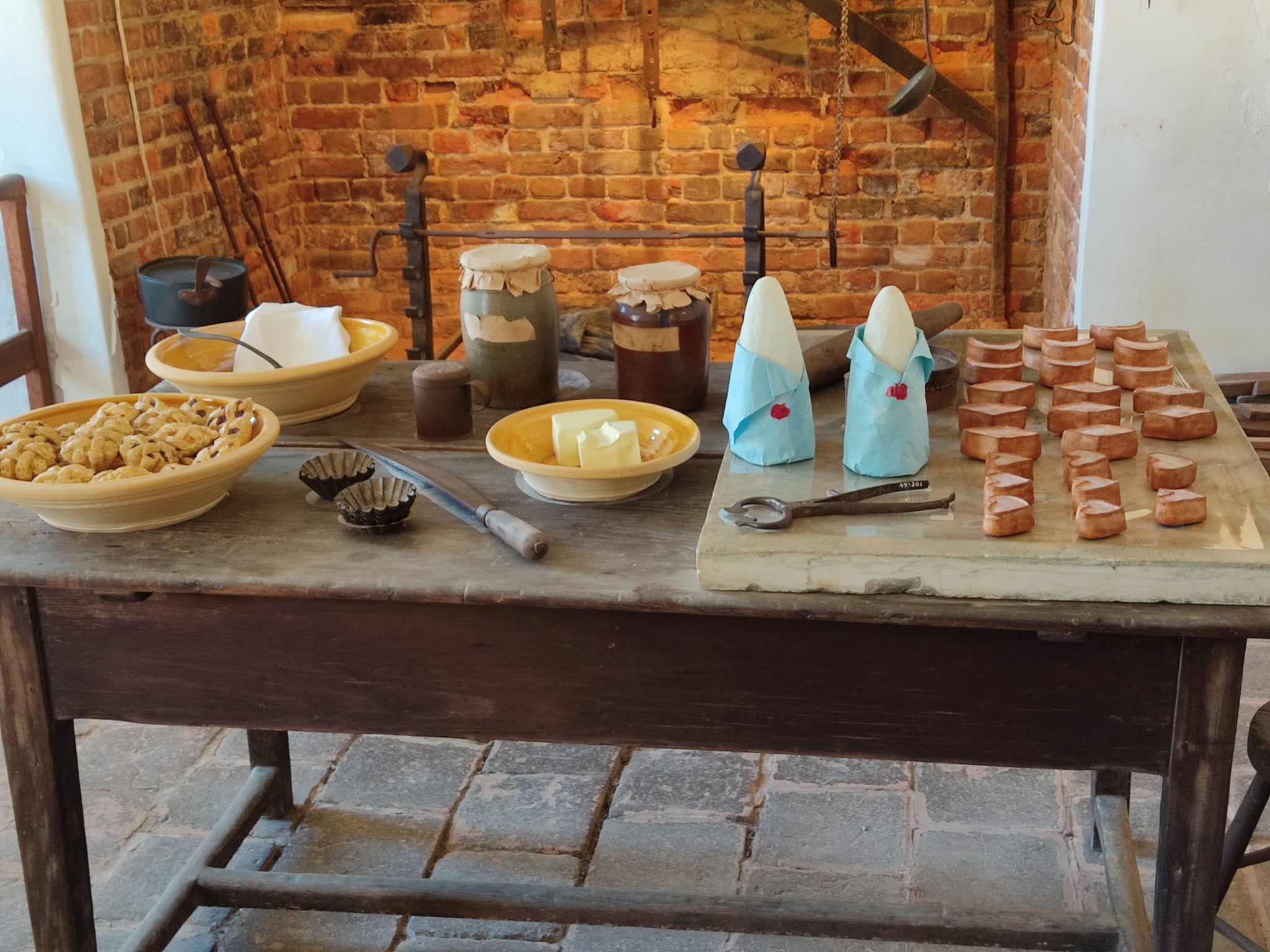










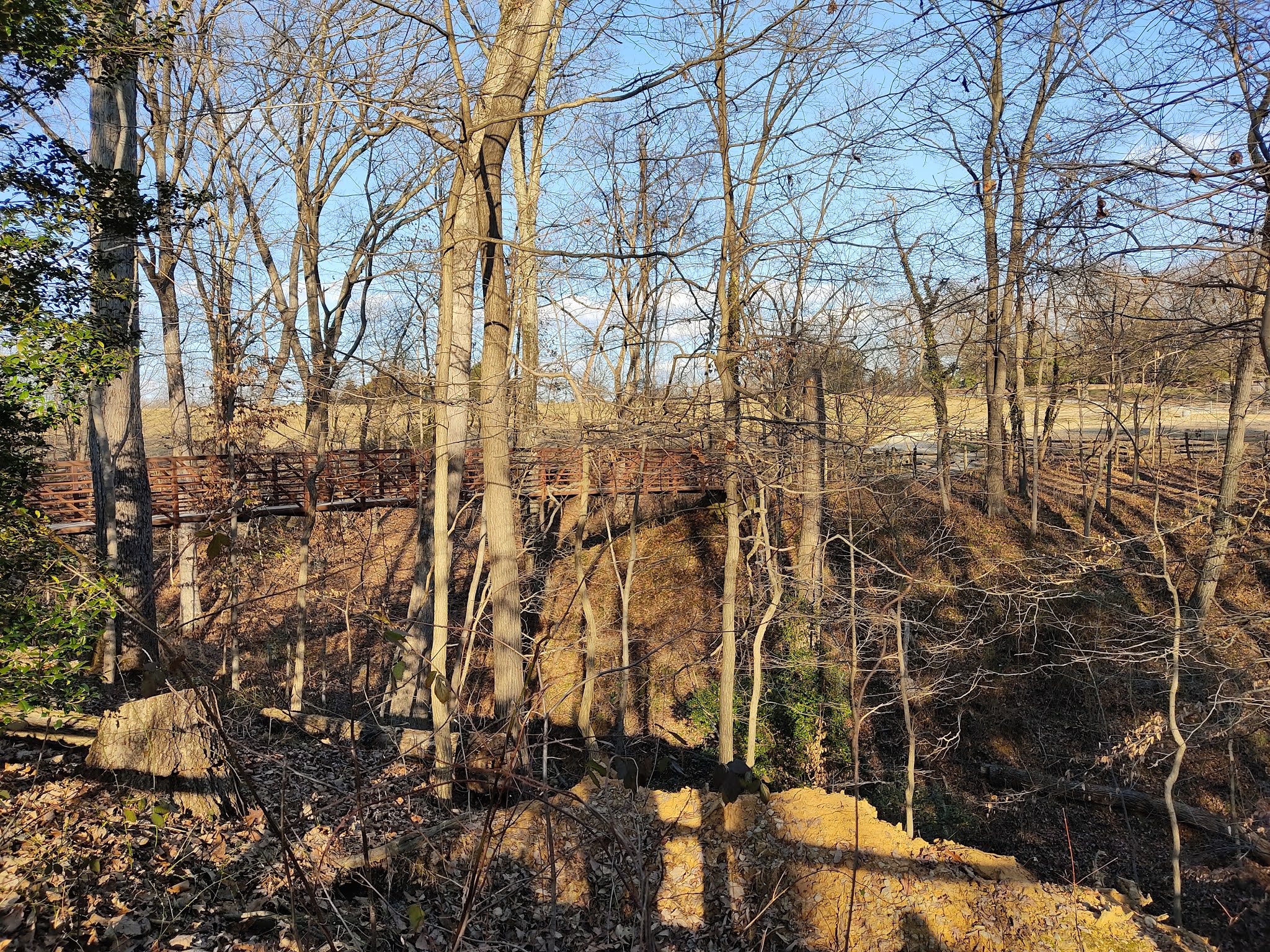

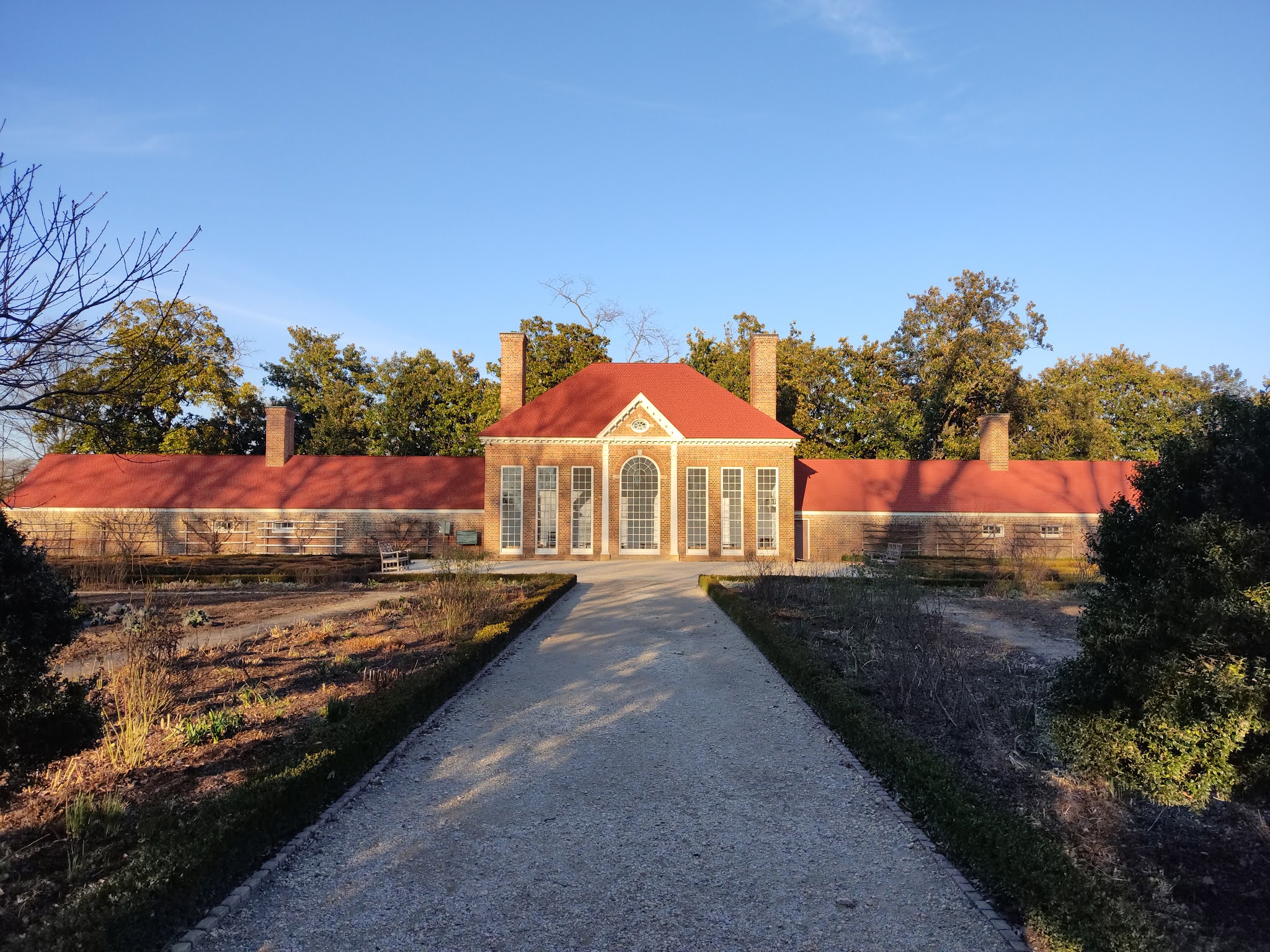


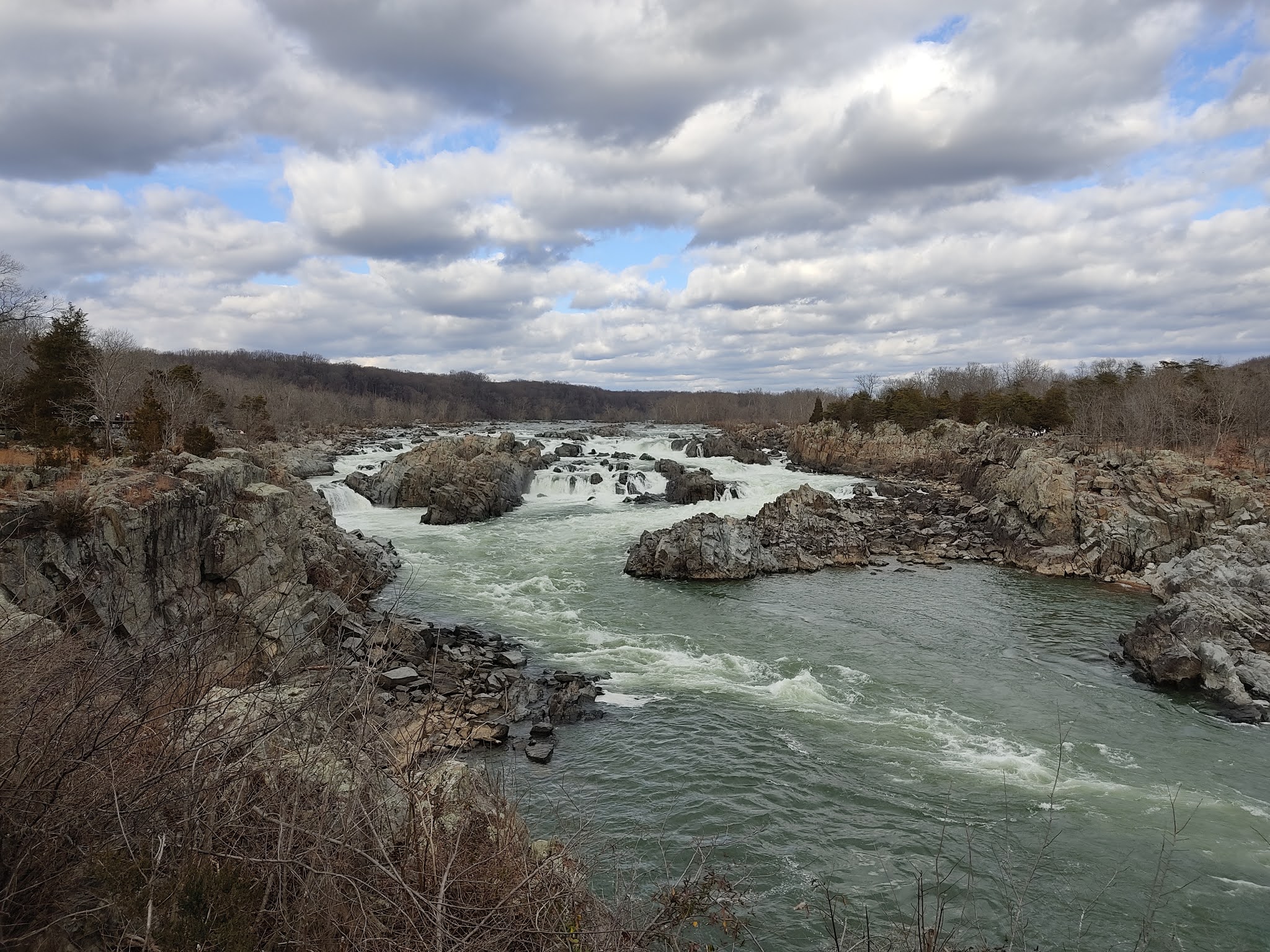
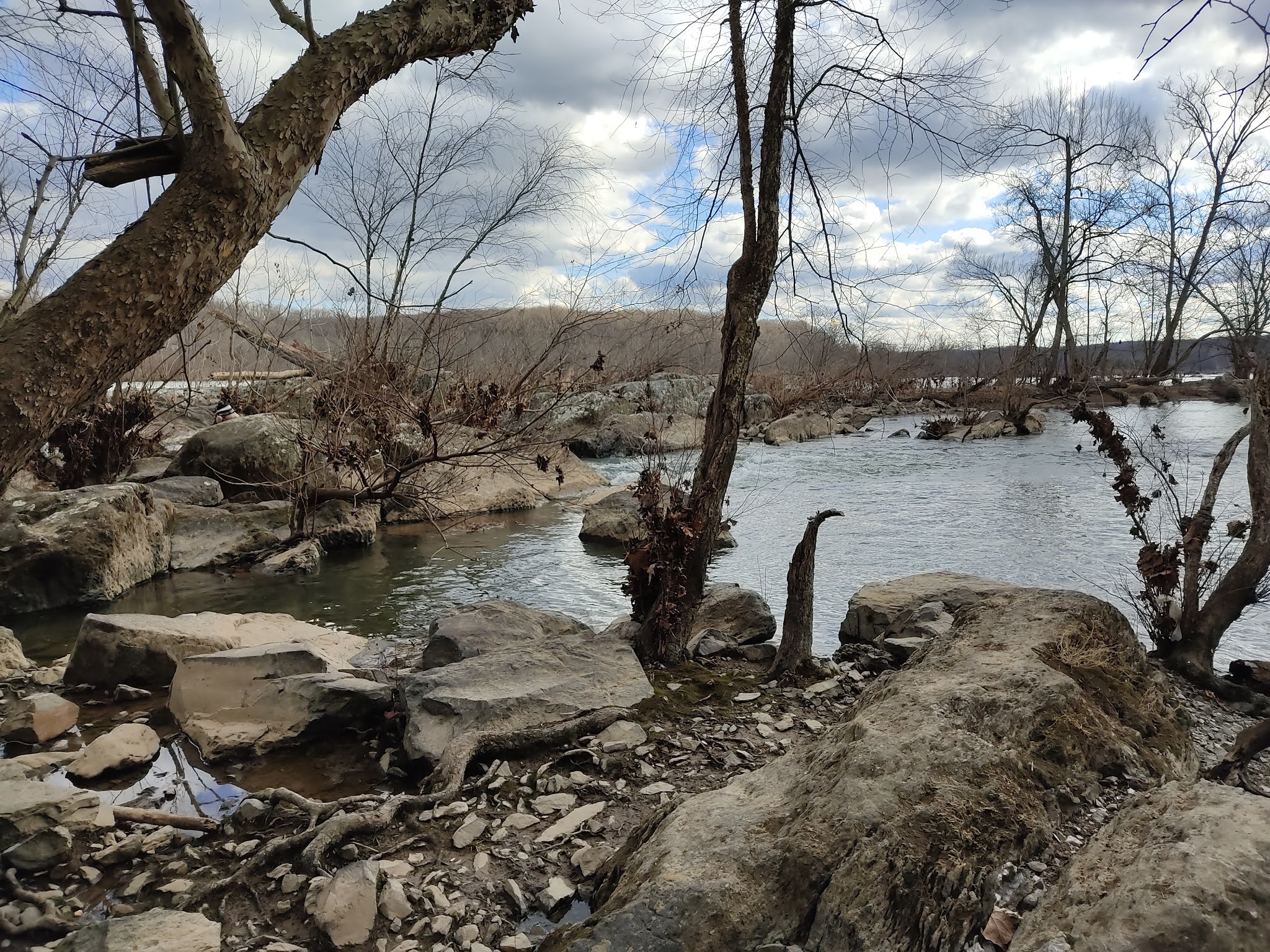












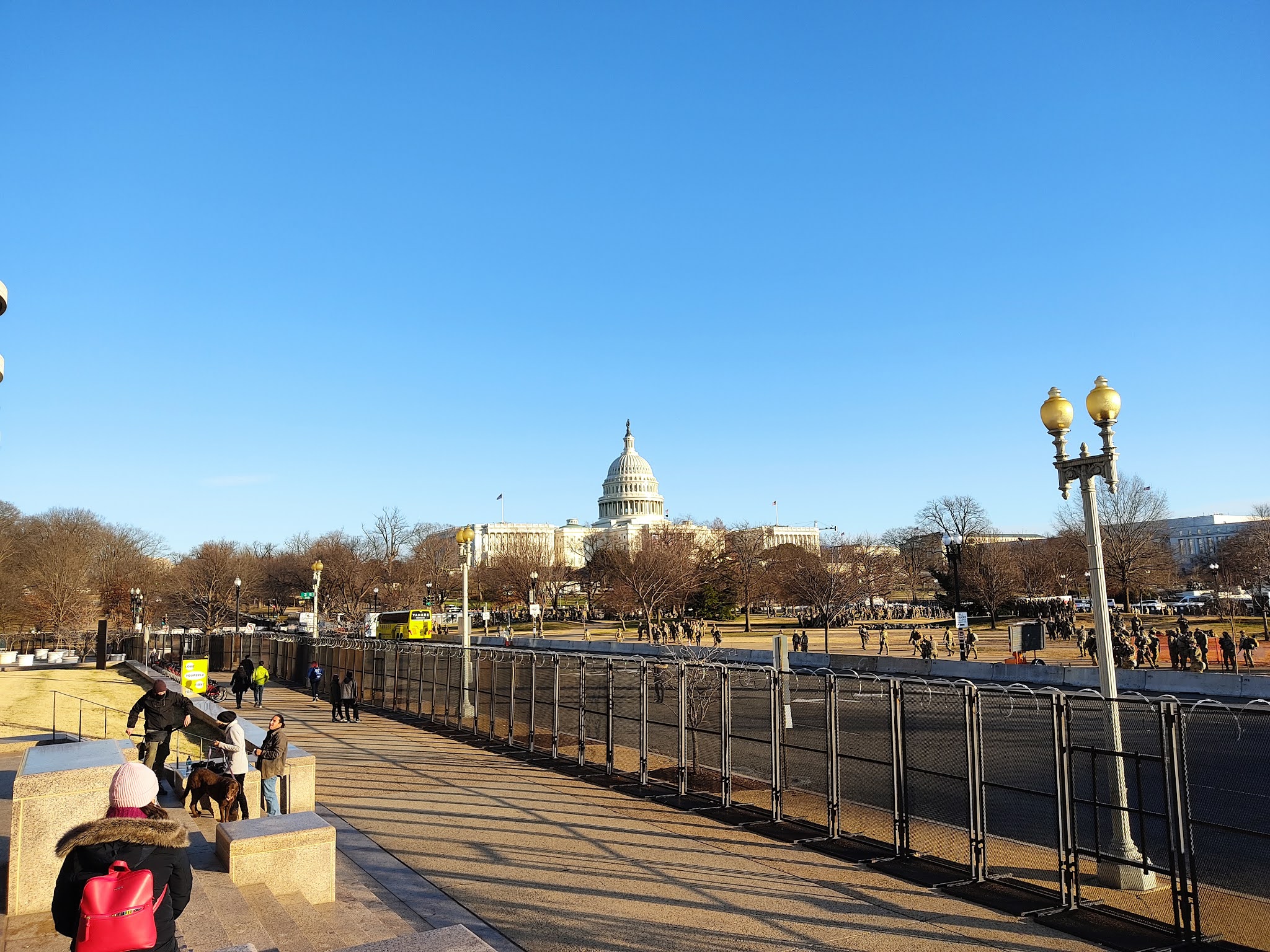


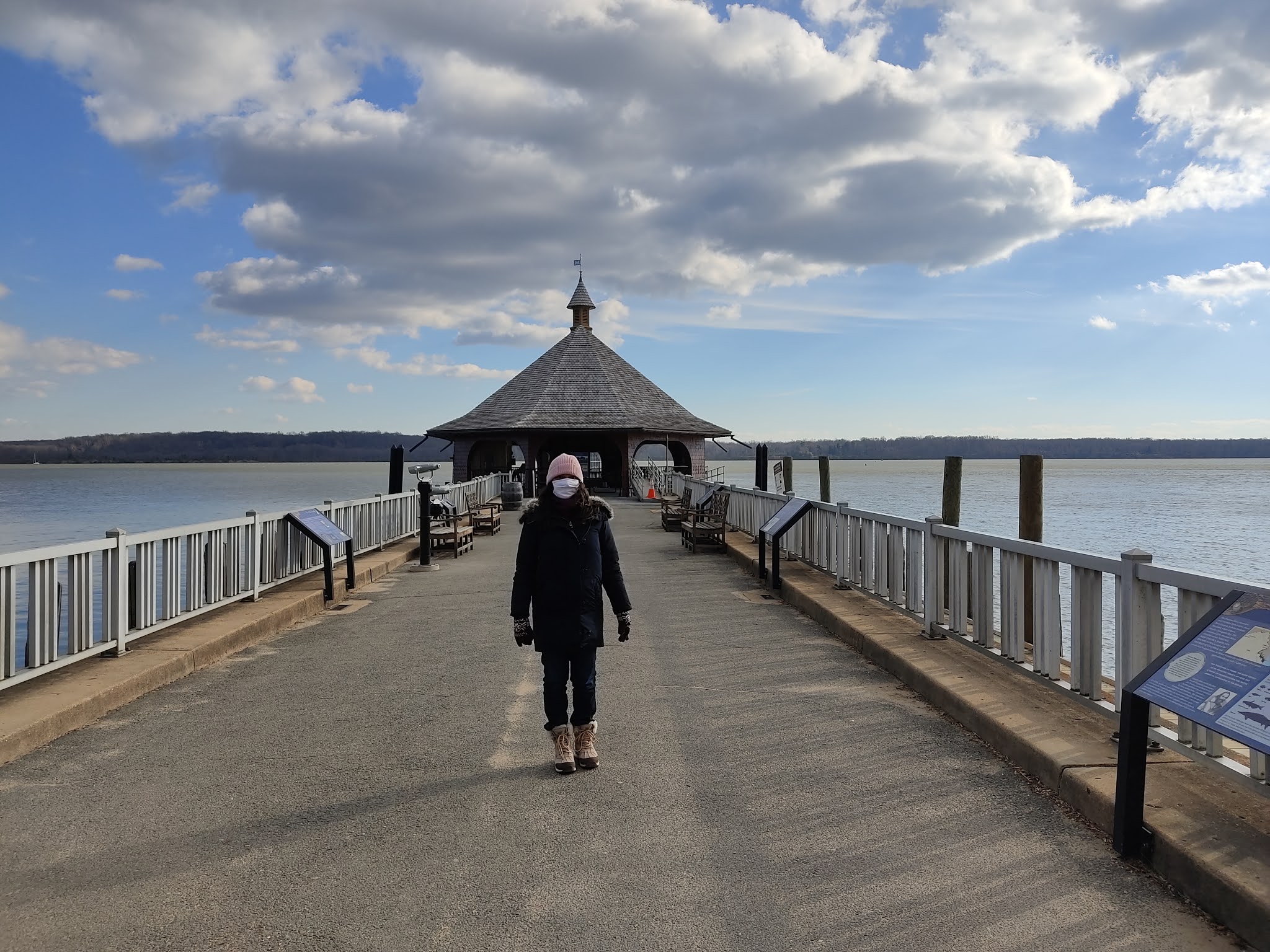










Social Icons